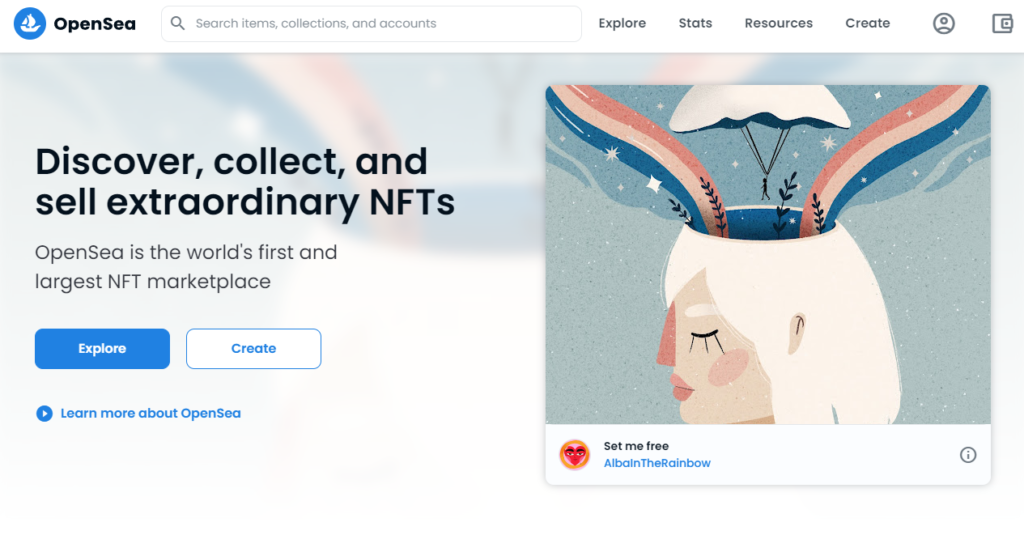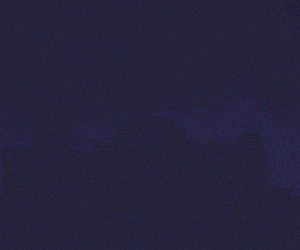In today’s digital age, photographers are turning to NFTs to claim digital rights to their work. So much so that even if users share your self-snapped photograph on the internet, you’d still receive credit for your work. But which NFT Marketplace is best for photography?
In this article, we’ll explore all things NFT photography and list the seven best NFT marketplaces for photography. Let’s dig in.
1. OpenSea
OpenSea is the first and largest NFT marketplace for photography there is. The platform has over 1 million users at the time of writing, with more than 120 million users visiting the site every month. The site supports a variety of crypto wallets, including MetaMask, TrustWallet, and Torus. With an impressive collection of over 4 million items and 200 categories, photographers can create a storefront to display their work a feature that is yet to be seen on other platforms.
However, with an overwhelming number of sellers on the site, it can be challenging to stand out from the crowd. So you will need to put in a lot of work in marketing your items and building a following to make any sales. Still, there is plenty to gain from the OpenSea photography NFT marketplace. As a beginner, you’ll have an easy time getting started on their easy-to-use interface. The site offers tutorials for handling the NFT photography marketplace, including articles on choosing the best crypto wallet and navigating the site.
Additionally, all you’d need to get started is a one-time listing fee that is a little over $100. Afterward, any transactional costs are covered by the buyer. Also, note that for every transaction OpenSea takes a commission fee of 2.5%. Ultimately, OpenSea has a demand for eager collectors looking to buy NFT art, so it’s a worthwhile option to consider selling your photos as NFT.
2. Portion
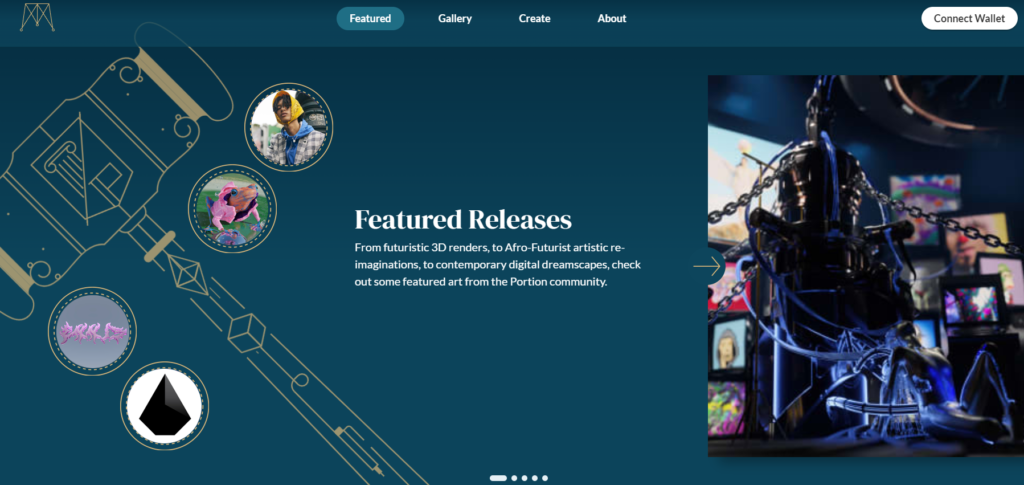
Alternatively, you could consider selling your photos as NFT on Portion, an auction house for buying and selling rare, high-end NFT art. At the time of writing, the site boasts 570 owners, 1,012 NFTs, and a sales volume of $32,400. These stats can be an advantage for photographers looking to get their foot in the door without drowning in a sea of artists to compete with. On the downside, the market size may be difficult to reach as many buyers as possible, so it’s up to you to make the tradeoff.
An important thing to note is Portion has a vetting process for new applicants. So you will need to complete Portion’s application process to gain access to the platform. This process usually assesses your portfolio as a photographer. However, once you get through, the platform provides equal exposure to collectors over extended periods than other approved creators. Thus, you’re free to gain a competitive advantage based on your creativity as a photographer. Once you sell an NFT image, Portion will allow you to keep 100% of the profits.
3. Rarible
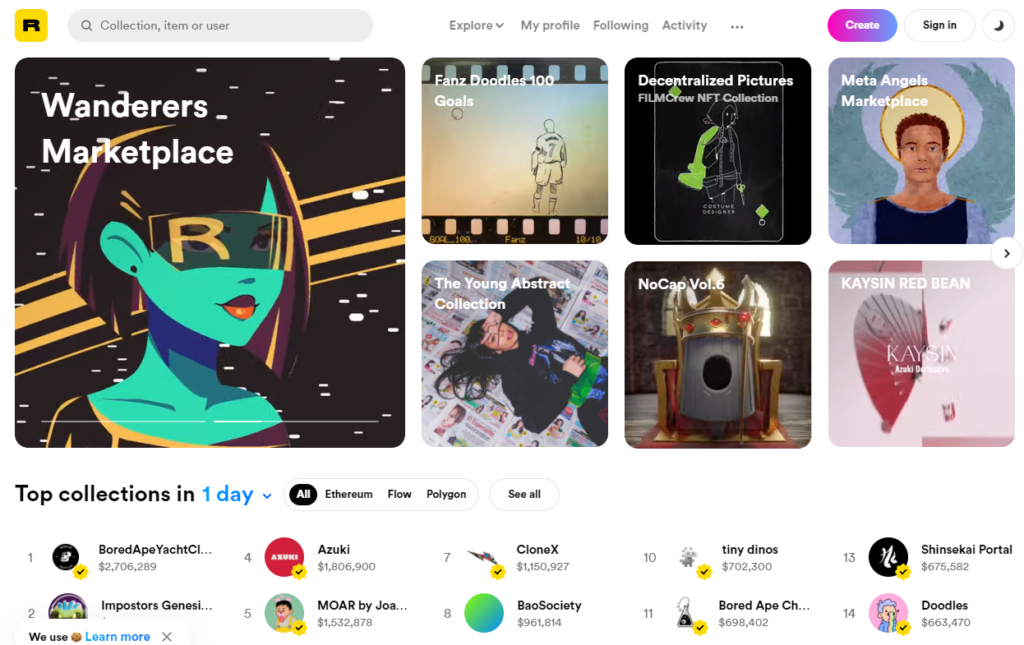
Another great NFT Marketplace for photography is Rarible. Rarible features adolescent art rather than professional photography; the site’s freedom to mint any form of a picture is quite commendable. So whether you’d like to sell animations, GIFs, Pokemon images, or pixelated frogs, the choice is yours to maneuver on. To sign up, you simply need to connect your wallet to Rarible. After that, you may want to verify your account so it’s more legit to potential collectors. To do so, Rarible recommends having a solid social media presence. But beyond a simple sign-up process, you can integrate the platform with OpenSea, so you’re selling photos as NFT on one platform and buying them on another.
Rarible does require gas fees paid upfront. However, you can go with the “lazy minting” route, where you’re free to mint at zero cost and only pay when there is a sale. After that, you can sell NFT photos in auctions at a fixed price. Overall, Rarible is an excellent platform for photographers looking to sell rare and unique pictures and art content as well. You can also give teasers to potential collectors and only reveal the final product to the final buyer.
It’s worth mentioning that Rarible rewards active users with 7,500 RARI tokens each week. So if you split your time between professional photography and other forms of art like books, albums, or movies, you could always check out Rarible.
4. Mintable

Mintable is the best nft marketplace for photographers who are looking for an affordable platform. A top pro for choosing Mintable is its gasless minting options. This provides a cheaper opportunity for selling NFT photos without paying any gas fees. In fact, the platform started as a campaign to allow minting NFTs without paying gas fees. However, it’s important to consider that creating an account and a “store” comes at a cost, which is recommended for gaining direct traction.
Another excellent quality is the platform’s impressive amount of photography compared to other marketplaces. This is expected as the platform offers a viable cheaper option for photographers looking to mint many photos. Once you’re ready to sell, you can set up auctions with a “buy now” option between 12 hours and seven days.
5. SuperRare

At its core, SuperRare is an NFT marketplace dedicated to digital art. You can simply see its predominance when you open the site and are met with digital artworks of all kinds. SuperRare focuses on quality over quantity. So it’s pretty easy to find super rare collections that artists take to a whole new level. Due to the site’s focus on photography, and the community looking to buy the next unique and limited-edition photos, you may find your niche right here.
SuperRare’s social network is complementary. Through their onboarding process, SuperRare has built a group of creative artists governing the platform’s authenticity. To join the group of artists on the platform, you’ll need to submit your profile for approval. Once you’re in, you can start auctioning photographs at a fixed price and earn 10% royalty fees. Thanks to its social network setting, artists are free to set up profiles and build galleries where they can constantly share their art.
6. Nifty Gateway
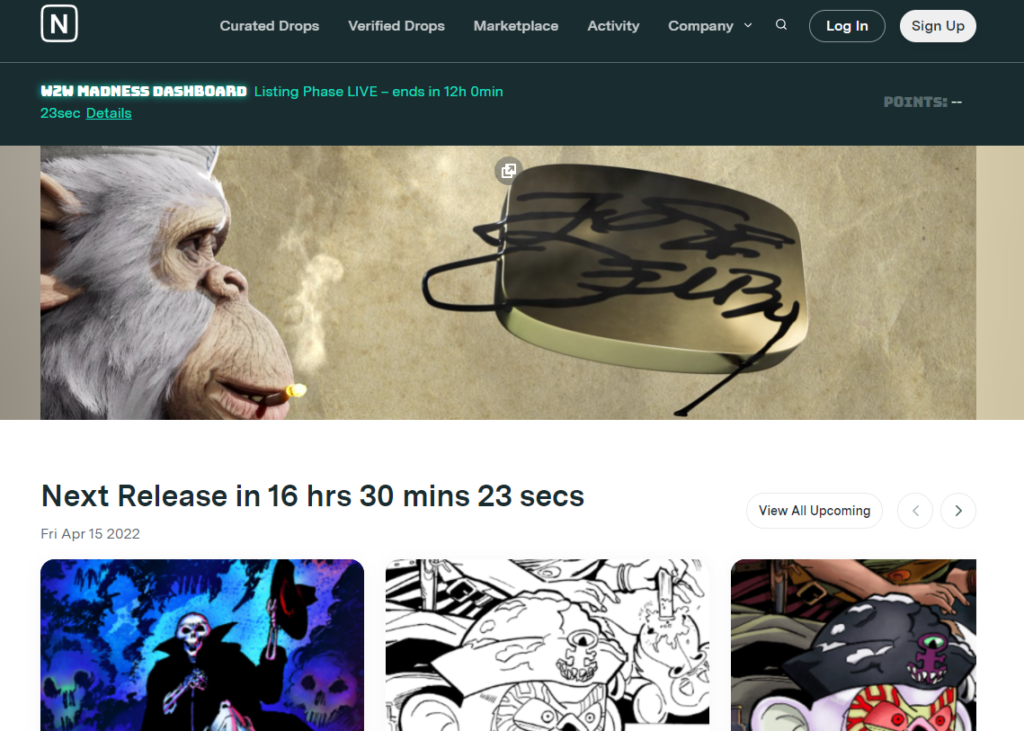
Founded in 2018, Nifty Gateway has an impressive roster of collectors and popular artists like Pak and Trevor Jones Art. Since it allows buying and selling NFTs directly from an Ethereum wallet, users can save up to 70% on gas fees. However, the platform does support other wallets like MetaMask. You’d need to pay a 5% seller fee upfront and receive 10% royalties on every secondary sale of each NFT. There is also a vetting process involving assessing your career goals and uploading an introductory video of yourself and your work.
Nifty was recently a victim of a hacking scandal that destabilized people’s faith in their site. They’ve since revamped their system, assuring users of safety. Still, it’s well worth doing your research to ensure it’s the right choice for your art.
7. Foundation
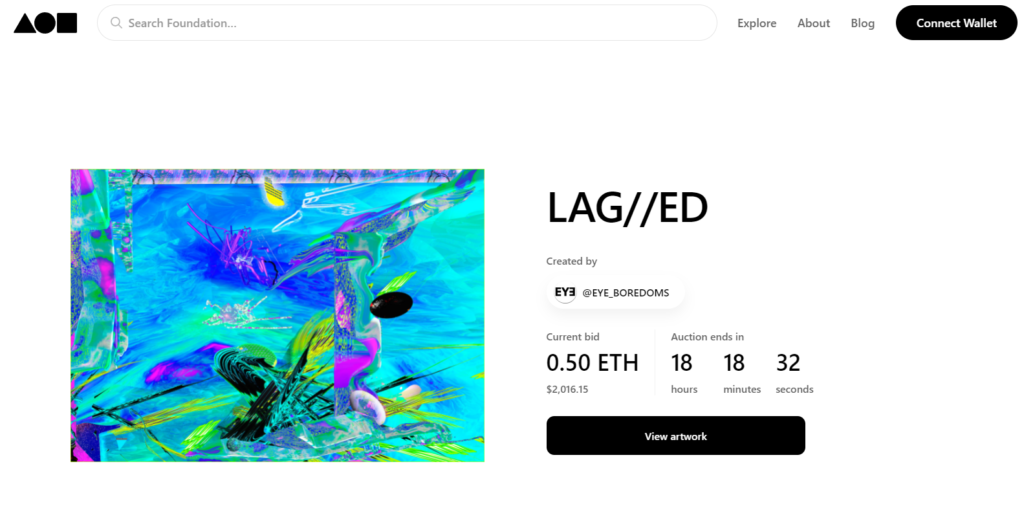
If you are looking for a premier marketplace for NFT photography, then you should check out Foundation’s creator-focused marketplace for artists. Joining the platform as an artist is invite-only. The invitation works through another artist on the platform sharing an invite with others soon after their first NFT sells. This helps streamline artists on Foundation, so collectors are assured of verified art. Though the seller’s fee is slightly high at 15%, artists will receive 10% royalty fees at every secondary sale of their NFTs.
Can I Sell Someone Else’s Photos as an NFT?
The more straightforward answer is yes. However, you’d need to have the exclusive right to copy, distribute, modify, perform, and display the work publicly. This requirement falls under the copyright law protecting the rights a copyright holder has to their creation. At whichever point you’re granted copyrights to a specific photo, then you’re free to do as you’d please, including selling it as an NFT.
Often, users can easily download or take a screenshot of images on the internet and sell them as NFTs. So, it falls on the buyer to perform due diligence before purchasing an NFT to confirm they are buying from the actual owner of the image. This is why keeping a solid social media presence is crucial in the NFT photography space. Additionally, selling high-resolution photos will also help reassure buyers that the image has not been edited or tampered with.
How Do I Sell NFT Photography?
Anyone in the world can sell their photographs as an NFT. The only caveat is that NFT marketplaces for photography differ slightly in their requirements and process steps. That said, most platforms will follow a general procedure to get you started.
Step 1: Firstly, you will need to connect your crypto wallet to an NFT marketplace. Choosing the right NFT marketplace from the myriad options available to you is highly crucial. For some platforms, they require a vetting process. This process is usually to validate your work as a professional photographer.
However, other marketplaces have no prerequisites for signing up, so you can easily start uploading content you want to mint as an NFT. Keep in mind that most sites will need you to pay “gas fees” to process your NFT art, which you can pay in cryptocurrency.
Step 2: Secondly, each NFT you create will need an asking price such that from here, buyers will start bidding on the open market.
Once you sell your NFT, you’ll earn royalty fees each time the NFT is sold on the open market, thus earning you passive income for your art. Once you feel like you don’t want to have your NFT on the market anymore, you can always “burn” it to remove it from the marketplace. This process will also need payment in gas fees.
How Can Photographers Use NFTs?
Through NFT photography, anyone in the world can claim digital rights to their work. So even if your self-snapped image is reshared or resold to another person, the original creator still holds copyright and reproduction rights to their creation.
NFT photography is an excellent way to ensure photographers receive credit for their work. It’s also a way to ensure photographers earn an income from their creations, regardless of how many times their image changes hands. Additionally, photographers can sell their pictures to an investor or buyer. However, they’d still earn royalty fees and receive recognition for their work.
What Should I Consider Before Selling Photos as NFT?
The platform you choose to sell on is a crucial step to consider before minting photos as NFT. Once you’ve selected a platform that suits your photography style and portfolio, you may want to consider transactional costs.
Blockchain technology usually requires high gas fees depending on the volatility of a cryptocurrency. So if you’re planning to mint a lot of photos, the total gas fees may take a toll on your bank account. Perhaps waiting till gas fees drop, which in the crypto world, could be as little as hours or a few days.
The next thing to consider is pricing your photos. You want to take time to assess the value an image has. You’re likely to attract buyers if you price NFTs reasonably low. However, you also don’t want to sell them too low to the point of undermining your work and image as a photographer.
Lastly, comparing royalty fees across platforms and specifying how long you want to keep earning can make a huge difference. So if your work grows popular, say, ten years from now, accumulating 10% of all future sales can make all the difference.
Sell Your Photos as NFTs
Having covered all things NFT photography and the top seven best marketplaces for NFT photography, you’re all set for a strong start building your portfolio as an NFT professional photographer. Each of the top Marketplaces for NFT photography is unique in its niche. So it’s entirely up to you to choose the site that works best for you.

